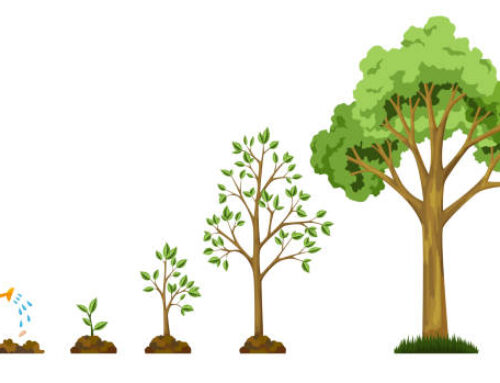Workplace Investigations & Context
Shawnee Love •
May 30, 2014
During workplace investigations, I have discovered many examples where the “victim” was in it up to his eyeballs.
Take for example, a situation where Employee A’s snide comments, deliberate misunderstandings, petty delays (just long enough to be difficult), and continual negativity grind at Employee B until she finally snaps and goes on a tirade in a meeting about the ridiculous excuse for a report delivered by Employee A.
Unsurprisingly, Employee A files a complaint of bullying or harassment against Employee B.
During the investigation, Employee A explains how mortified and humiliated s/he was to be yelled at in a meeting and told her work was bad. Witnesses corroborate the story and also feel sorry for poor Employee A who was embarrassed in a meeting. Employee B is upset about losing her temper, but also frustrated and struggling with how to handle the constant campaign of passive aggressive behavior from Employee A.
While clearly losing your temper and saying nasty things publicly about a colleague is not acceptable and must be addressed, it is in the ‘but’ where the investigator has an opportunity to make a real difference in the workplace. Because finding bad behavior is easy in our stressed out, undervalued, never turned off workplaces. But the situation needs true resolution, or Employee A and B will trade bullying complaints every few months.
When you are investigating, it is up to you to go beyond what actually happened into why it happened, i.e., discover the context.
Ask questions like:
- What else was going on at that time?

- What was your intent?
- How were you feeling at the time?
- Has anything else happened that is relevant?
Continue asking questions like “Tell me more” and encouraging answers until you to the heart of the problem. Once at the heart, the resolutions that will correct and deter future issues from happening become more clear. Come back next week where we will discuss remedies and resolutions.





